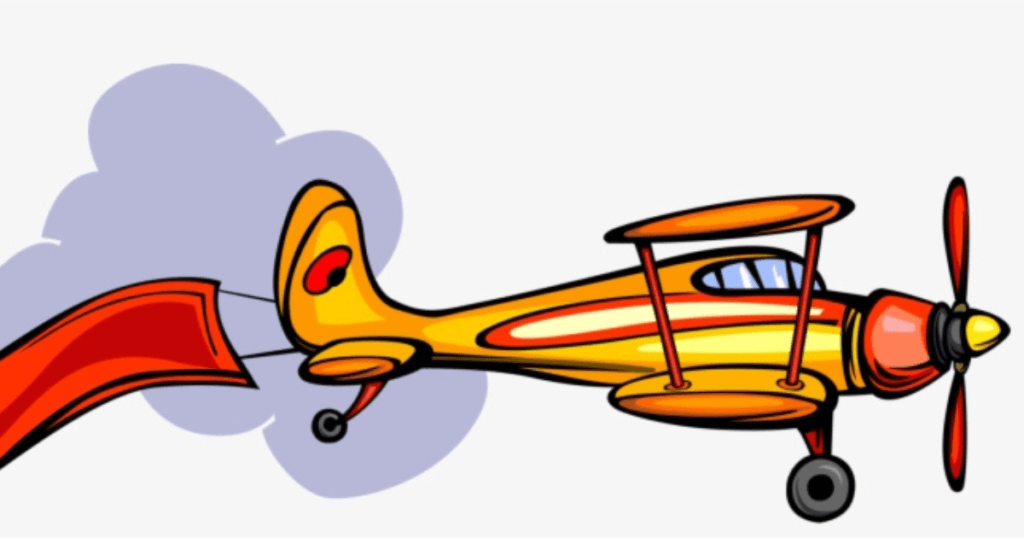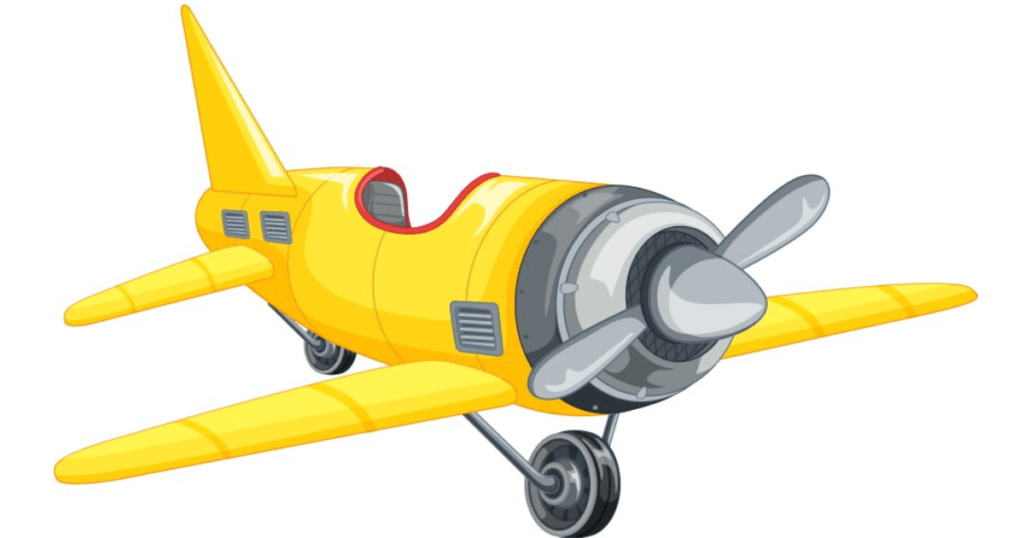Can I Take Canned Oxygen on a Plane? Yes, you can take canned oxygen on a plane, but there are specific rules you must follow. The guidelines for traveling with oxygen are important to ensure everyone’s safety.
Understanding these rules is crucial, from which devices are FAA-approved to how cabin pressure affects oxygen usage.
I remember my first time trying to bring compressed oxygen on a flight—it was confusing at first.
You have to check with your airline, get a doctor’s note, and make sure your device meets the airline’s requirements.
It’s not just about packing the oxygen; you also need to consider how you’ll use it during the flight and what the airline allows.
If you use oxygen therapy regularly, planning ahead can make your travel much smoother.
You can have a stress-free trip by knowing the pre-flight requirements and practical tips.
Always contact your airline before your flight to understand their specific policies.
Can I Take Canned Oxygen on a Plane?-Key Takeaways
- You can take canned oxygen on a plane if you follow specific rules.
- Airlines require a doctor’s note and FAA-approved devices.
- Planning ahead helps ensure a smooth travel experience with oxygen needs.

Understanding Oxygen Regulations for Air Travel
Knowing the specific rules and regulations when traveling with oxygen on a plane is crucial. Different authorities and airlines have set clear guidelines.
FAA Regulations and Approved Oxygen Devices
The FAA has specific regulations about carrying oxygen.
Portable Oxygen Concentrators (POCs) approved by the FAA are allowed on planes. You can’t bring your own canned oxygen.
Approved POCs include brands like Inogen One and SimplyGo. Only devices on the FAA’s approved list are permitted.
You must notify the airline in advance and may need to show your oxygen prescription.
International Travel and Airlines’ Policies
Rules can vary when flying internationally. Each airline has its own policies about POCs, and some airlines might have stricter requirements than the FAA.
Check with the airline ahead of time.
It’s also important to look at the destination country’s regulations. Some countries may have different guidelines for oxygen use.
Carry-On and Checked Baggage Rules for Oxygen
You cannot place POCs in checked baggage due to safety concerns. They are allowed as carry-on baggage.
Make sure the device fits under the seat or in the overhead bin.
Hazmat training for airline staff ensures they handle these devices properly.
Always bring extra batteries, as outlets on planes might not be reliable.
Follow all packaging and labeling requirements for batteries.
Leave your URL references here for more information:
| Topic | Link |
|---|---|
| FAA Requirements | FAA |
| Travel Information | Travel.Gov |

Pre-Flight Requirements for Passengers with Oxygen Needs
When preparing for a flight, passengers requiring oxygen must address several key matters. These include consulting with their healthcare provider, obtaining a prescription for medical oxygen, and planning for all flight segments, including layovers.
Consulting with Healthcare Providers
Before flying, I must speak with my healthcare provider. This is especially important if I have a lung or pulmonary disease, such as COPD.
The healthcare provider can advise if I can fly and if I need supplemental oxygen during the flight.
They may also perform tests to measure my oxygen levels and determine my specific needs during air travel.
My healthcare provider can then provide guidance on managing my condition on the plane.
Securing Medical Oxygen Prescription
Having a prescription for medical oxygen is essential for flying.
I need to ask my healthcare provider to write me a prescription if I do not already have one.
This prescription must be specific to the duration of my flight and any layovers.
Once I have the prescription, I should check with the airline to ensure they allow the type of medical oxygen I need.
Some airlines permit the use of portable oxygen concentrators (POCs), while others may have different policies.
I should also check if my insurance covers the cost of renting or purchasing a POC if required.
Planning for Layovers and Flight Duration
Planning ahead is critical when flying with medical oxygen, especially for long flights or those with layovers.
I must ensure I have enough oxygen for the entire trip, including time spent at the airport during layovers.
This involves knowing the flight duration and how much oxygen my device uses per hour.
I should also have a plan in case of emergencies, such as equipment malfunctions or unexpected delays.
Some tips include carrying extra batteries for my POC and having the contact information for a backup oxygen provider at the destination.
I can manage my oxygen needs effectively throughout the journey by being well-prepared.

Practical Considerations for Traveling with Oxygen
Traveling with oxygen requires careful planning and attention to some key details.
Manage your battery usage, understand airport security procedures, and be aware of how cabin pressure affects your oxygen needs.
Battery Usage and Power Management
Battery power is crucial when using a Portable Oxygen Concentrator (POC).
Always carry extra batteries to ensure your device does not run out during the flight.
Airlines usually recommend having enough battery life for 150% of your flight time.
For example, for a 4-hour flight, you would need batteries for 6 hours.
POCs need to be FAA-approved. Double-check your model to make sure it meets the guidelines.
Battery life depends on the flow rate settings, which can affect how quickly the charge is used up.
Navigating Airport Security and Boarding
Navigating airport security with oxygen equipment can seem tricky, but it’s manageable if you’re prepared.
Arrive early to allow extra time for security screening.
Inform the TSA officers that you are traveling with a POC. They will usually swab and inspect the device separately from other items.
Once at the gate, notify the airline staff that you need to board early.
This allows extra time to install your equipment and ensure everything is properly set up.
All necessary documentation, such as a doctor’s note and FAA approval, should be handy.
Oxygen Flow Rate and Cabin Pressure Effects
Cabin pressure at altitude can affect oxygen flow rates.
At cruising altitudes, cabin pressure is equivalent to about 8,000 feet. This can impact how much oxygen your body absorbs.
POCs are designed to adjust flow rates to meet your needs at higher altitudes.
Be sure to know your required flow rate and set your device accordingly.
If you use oxygen cylinders, which are sometimes used for in-flight oxygen, the airline must approve them in advance.

Wrapping Up
Airlines have specific rules regarding the transport of canned oxygen on a plane. You can’t carry pressurized oxygen containers in the cabin or check them in your luggage.
I checked with multiple airlines, and this rule is consistent.
You might be able to bring personal oxygen concentrators (POCs). Many airlines allow these devices onboard.
Always contact your airline before flying.
This ensures you have the most up-to-date information and can make any necessary arrangements.
Planning ahead and understanding these guidelines is critical to avoid any issues at the airport.
Frequently Asked Questions
Traveling with medical oxygen can require special considerations. Here, I provide answers to some common questions about taking canned oxygen on a plane.
Are travelers permitted to bring canned oxygen aboard a commercial airplane?
The TSA and most airlines do not allow travelers to bring canned oxygen on a commercial airplane. Canned oxygen is considered hazardous and poses a safety risk.
What are the TSA guidelines for taking oxygen canisters through airport security?
The TSA does not permit the transportation of oxygen canisters through security checkpoints. These items are classified as hazardous materials and are prohibited in both carry-on and checked luggage.
What steps should be taken to ensure a smooth journey when traveling with medical oxygen?
Consult your doctor and inform the airline well in advance. Carry a prescription and any necessary documentation.
Confirm that the equipment is FAA-approved. Additionally, ensure that you have enough batteries for the duration of the flight and any layovers.
